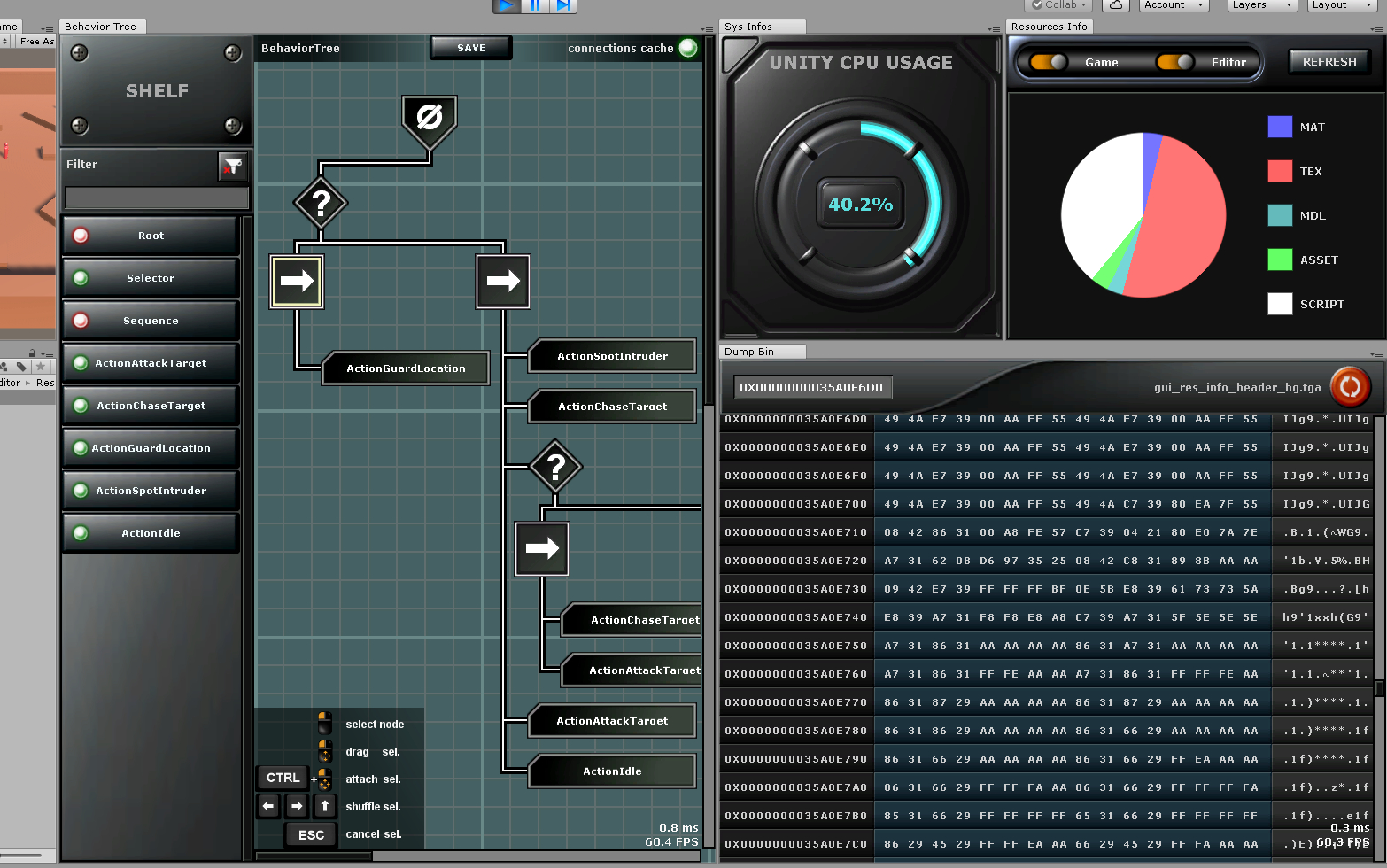

- #TEXTUREPACKER PUBLISH WITHOUT MOVIE#
- #TEXTUREPACKER PUBLISH WITHOUT SOFTWARE#
- #TEXTUREPACKER PUBLISH WITHOUT FREE#

In the Layout panel, set the Border and Shape Padding to 0.
#TEXTUREPACKER PUBLISH WITHOUT FREE#
In the Geometry panel, check the Allow Free Sizes option. Set Dithering to FloydSteinberg + Alpha. This combination of Image Format and Dithering will give us better results and reduce our file size. We can make up for any loss in image quality by using the FloydSteinberg + Alpha Dithering setting. We will reduce the Image Format to RGBA4444. You may want to use this format for background images that need to appear in better quality on the screen.įor sprites that will be animated, we can set a lower format setting because the slightly lower quality will be difficult to notice in a moving image. The default Image Format is RGBA8888 which will give you a good quality image at the expense of file size. Notice that Texture Packer automatically adds the Texture File output setting to the same location. Give the Data File a name such as "flyAni" and use the browse button to set the location where Texture Packer will output your files. In the Output panel, set the Data Format to Kwik 2 (image sheet). If you place your cursor over one of the images, you will get some basic information such as the name, original size, position and path to the original file. You will see the folder and a list of the images in the folder listed in the Sprites panel on the right. Browse to your fly folder and select it for import into the program. Click on the Add Folder icon at the top of the workspace. Then we will take a look at the options for optimizing our sprite sheet. Our first step is to open Texture Packer and import the folder with the sprite images into the software. 
#TEXTUREPACKER PUBLISH WITHOUT SOFTWARE#
Texture Packer is a very popular sprite sheet creator software that is used by many game developers. We will use Texture Packer from CodeAndWeb to generate our sprite sheet. We have already created the three sprite images for our fly animation and placed them in a folder named "fly". But this time, we will create a sprite sheet and data file that we will use in our book app.
#TEXTUREPACKER PUBLISH WITHOUT MOVIE#
In this tutorial, we will use the same three images that we used to create the movie clip. This sprite sheet will be a smaller image file and will use less of your device's memory when loaded into your app. By creating a sprite sheet in a program such as Texture Packer, you will be able to combine and optimize all the images, called sprites, into one file called a sprite sheet. Many of you might want to use sprite sheets instead of movie clips for your Kwik storybook app, especially if your animation has many images. A movie clip animation was a good choice for this animation because there were only three images in the sequence. In a previous tutorial, we created a movie clip from three png images that make up a fly animation.







 0 kommentar(er)
0 kommentar(er)
